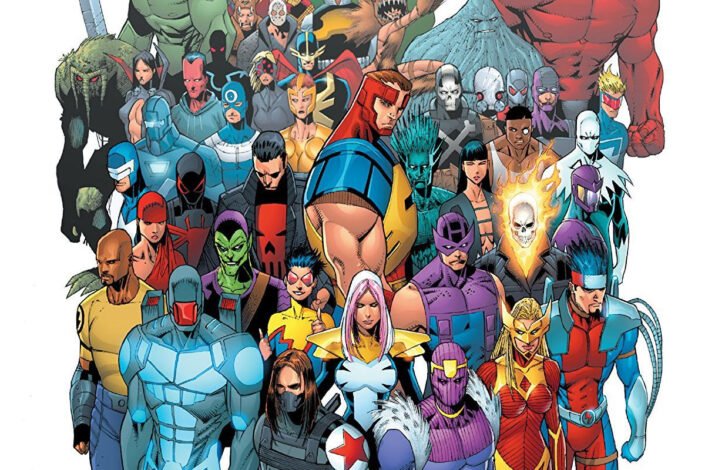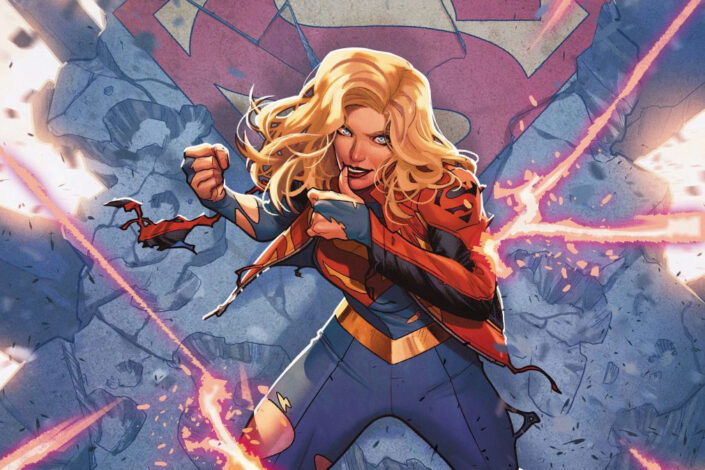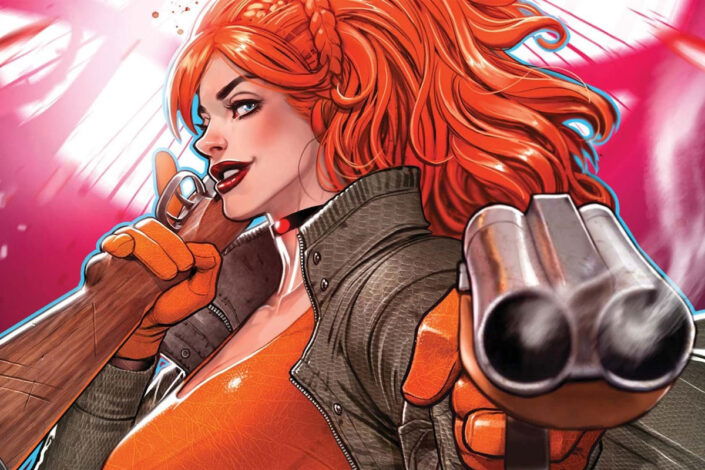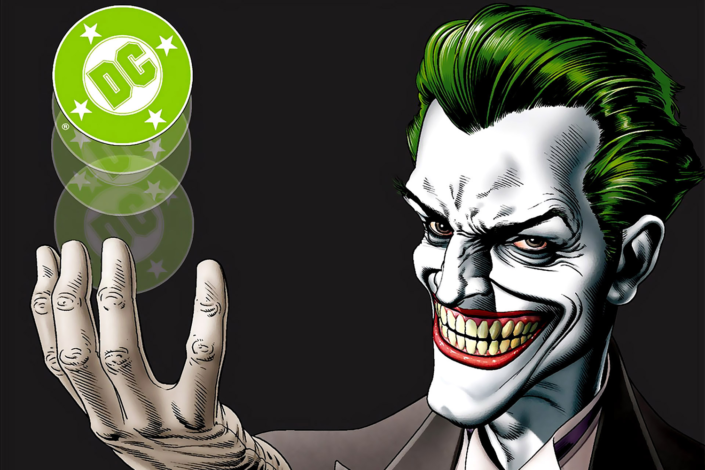Spider-Man Reading Order, The Complete and Amazing Adventures of Peter Parker
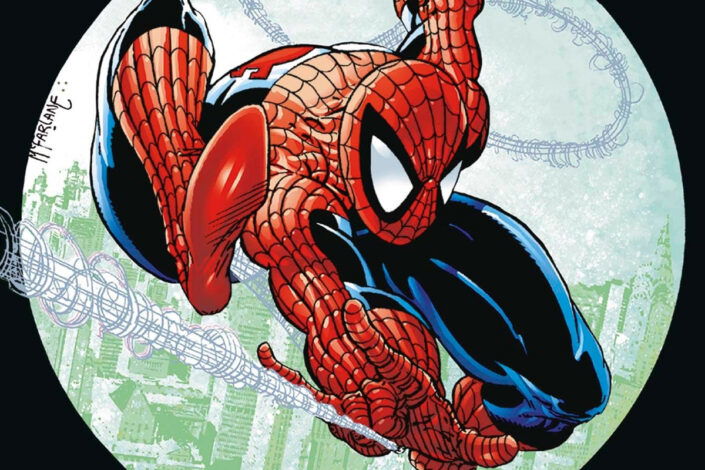
With issue #15 (May 1962), the anthology comic book Amazing Adult Fantasy was renamed Amazing Fantasy, because teenagers were not comfortable buying a book with “Adult” in the title. It was a good choice as this issue was introducing “The Spiderman,” a teenage superhero created by Stan Lee and Steve Ditko who was destined to become the headliner of the book, but the Amazing Fantasy comics was canceled. As you know, Spider-Man (the hyphen was added soon after) became an instant hit and, a few months later, got his own comic book series.
The story starts with Peter Parker, a geeky high school student from Queens, New York, and an orphan who was living with his Uncle Ben and Aunt May. After being bitten by a radioactive spider at a science exhibit, Peter acquires the agility and proportionate strength of an arachnid! At first, he decided to use his heightened athletic abilities to make money as a wrestler on television. But when the thief he chose not to stop ended up being responsible for the death of his Uncle Ben, Peter learned a hurtful lesson: “With great power there must also come—great responsibility!”
From that point on, Peter Parker fought criminals, with or without superpowers. But he also struggles to help his widowed aunt pay the rent and to study at the same time. He started working as a photographer for the Daily Bugle, selling pictures of Spider-Man to its loudest opposition, newspaper publisher J. Jonah Jameson. It was difficult, but he kept on going, joining Empire State University where he met his new roommate and best friend, Harry Osborn, and girlfriend Gwen Stacy—also, his aunt soon introduced him to the beautiful Mary Jane Watson.
Peter’s life is punctuated by tragedies as he fights his enemies like the Green Goblin, Doctor Octopus, the Sinister Six, and a lot more. He lost friends and lovers (but gained new ones along the way). Aunt May had a lot of health issues, as well as money problems. The Marvel Universe expanded and Spider-Man had to fight cosmic entities, insect and animal-themed villains. He sometimes worked with the Fantastic Four and the Avengers, and he teamed up with almost everybody.
With J. Jonah Jameson telling his readers that Spider-Man was a menace, Peter Parker is as much loved and hated by the public, but Marvel Comics certainly loves him as he became the most popular superhero at the company.
Spider-Man doesn’t really need an introduction. He is the most recognizable comic book hero next to Batman and one of the most popular characters in all fiction. He is the star of movies, TV shows, video games, and even a Broadway show… His face is on lunch boxes, pens, and every other thing you can put it on.
Today, we are only talking about comic books, though, and there are a lot of them. We already covered the biggest part of the last thirty years in previous articles, but we are going back to the beginning.
Read More »Spider-Man Reading Order, The Complete and Amazing Adventures of Peter Parker
